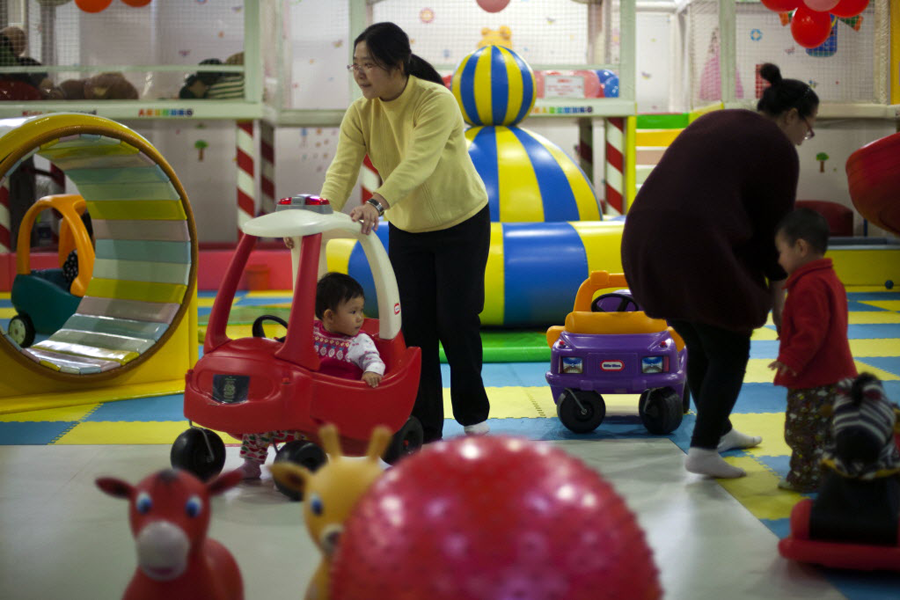China eases one-child policy. Why now?
Loading...
| Beijing
China’s government has pledged a major easing of one of its most-reviled policies – the three-decade-old rule that restricts most couples to a single child.
The official Xinhua news agency reported details on a change that was decided at a government earlier this week but was not yet explained. “China will loosen its decades-long one-child population policy, allowing couples to have two children if one of them is an only child,” Xinhua reported.
The pending change – details weren't provided on how or when it would happen - to the country’s one-child policy signals a major shift for Chinese society. Experts have argued for the better part of the past decade that the rule was irrational, unfair and applied unevenly, penalizing the poor over the wealthy. But there has been a profound lack of answers on how to change it.
In part, analysts say that's because the government has been reluctant to tacitly admit a long-standing signature policy is inappropriate. China's leaders credit the policy with significantly lowering the country’s birthrate at a time when memories of famine during the 1960s were still fresh. Yet the policy also often resulted in harsh measures like forced sterilization, abortion, and heavy government monitoring of personal affairs and has been blamed for a shortage of women, thanks to gender preference and the availability of sex-selective abortion.
Over the past decade, the Chinese leadership has experimented with loosening the policy, including giving an exemption to couples where both parents are only children already. Today's announcement indicates the degree to which President Xi Jinping has been able to consolidate power during his first year in office, Chinese scholars suggest.
“Xi Jinping may have the most concentrated power of any Chinese leader since Deng Xiaoping,” Xiao Gongqing, a professor of history in Shanghai told The New York Times.
“This step is really, I think, the middle step toward allowing all couples to have two children, and eventually taking away the state’s hand,” Wang Guangzhou, a demographer at the Chinese Academy of Social Sciences in Beijing told the Times. “But this shift is historical, it’s fundamental. To change the mentality of the society of policy makers has taken people more than a decade.”
Prof. Wang estimates that the policy change could add 1 to 2 million more births in China every year, in addition to the approximately 15 million births a year now.
Oddly, earlier in the day, state media carried a report denying rumors that the policy was to change.
“We must firmly adhere to the family planning policy,” the Global Times newspaper quoted Mao Qun'an, spokesman for the National Health and Family Planning Commission, as saying.
Mr. Mao said the policy lowered the country’s birthrate from 33.4 births per 1,000 women in 1970 to 12.1 in 2012.
The one-child policy has created a generation of only children and changed the country’s cultural makeup in the process. What’s unclear is how Chinese families will react to loosened restrictions. In some test areas, birth rates are stable or actually lower than expected.
In addition to pledging changes to the one-child policy, the central government is pledging to close its controversial system of labor camps, tighten the rule-of-law and address the growing gap between urban and rural residents. The government is planning to change a household registration system that has created a vast underclass of millions of migrant laborers in China who lag behind their city counterparts in terms of access to education, health care, and other services.







